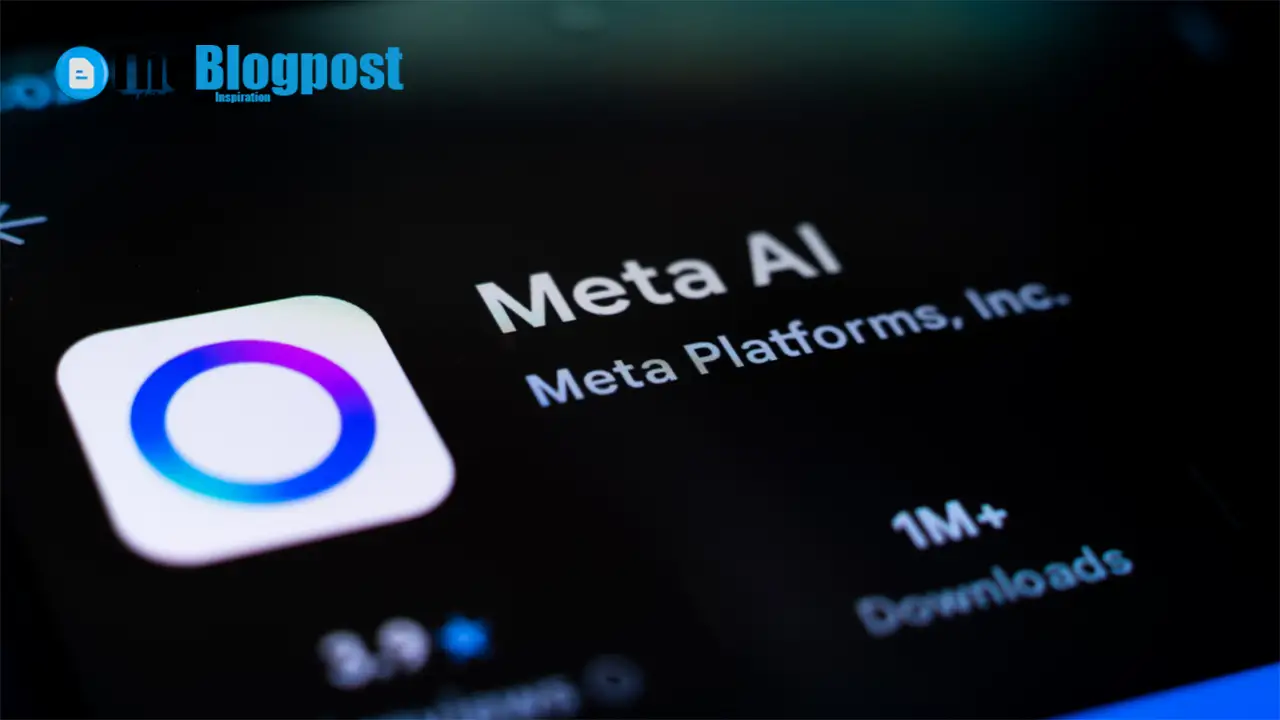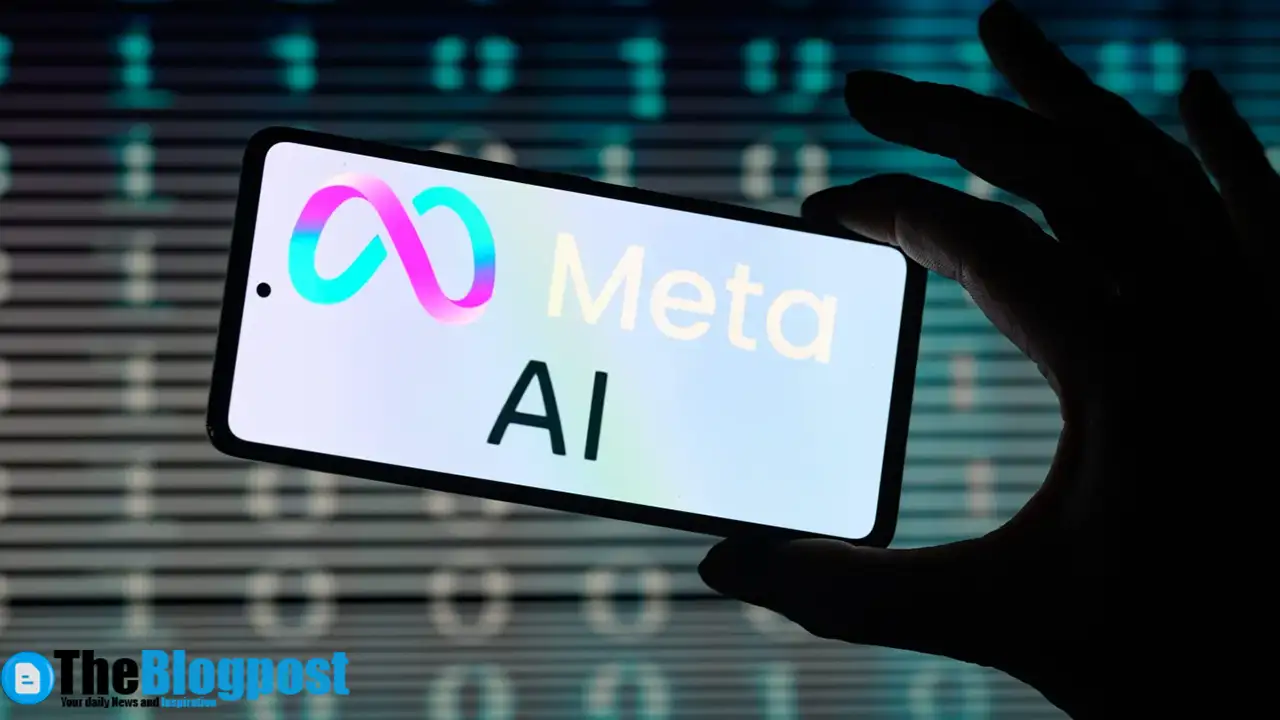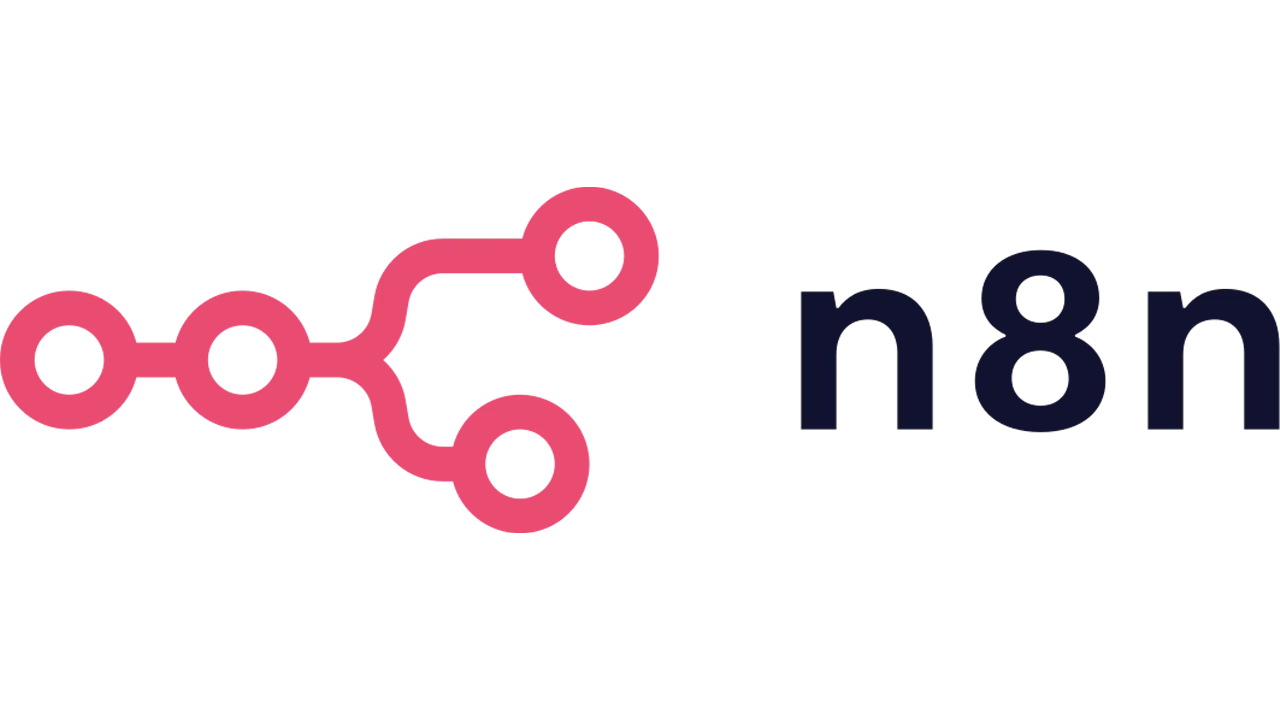Meta AI Is About to Power Targeted Ads from Your Chats — What Changes, Who’s Affected, and How to Respond
Starting mid-December, Meta will integrate what people say to Meta AI into its personalization systems for content and advertising across Facebook, Instagram and more. That means your queries to Meta AI could nudge the posts and ads you see. Crucially, the rollout excludes the EU, the U.K., and South Korea at launch, and there is no opt-out for those who use Meta AI. Notifications begin in early October, according to multiple reports.
Table of Contents
ToggleExecutive Brief — What’s actually changing, and why now?
Meta is expanding its signals pipeline: beyond likes, follows, and comments, the company will treat interactions with Meta AI—text and voice—as interest indicators. Ask Meta AI about trail shoes, and you may later see hiking-gear content and ads. Although some sensitive categories are excluded (e.g., health, religion, politics), the broader intent is unmistakable: Meta AI becomes an upstream source for ad relevance and for what your feed recommends.
From a business perspective, Meta AI is now tied directly to monetization. It’s a logical step after heavy infrastructure spending to scale AI assistants; those costs require revenue alignment, and Meta AI-derived signals let Meta tune performance at massive scale.
| Key Facts at a Glance | |
|---|---|
| Go-live date | December 16, 2025 (notifications start October 7, 2025). |
| Scope | People who engage with Meta AI across Meta apps. |
| Opt-out | No opt-out for Meta AI interactions (ad preferences still exist for other signals). |
| Exclusions | Rollout initially excludes the U.K., EU, and South Korea. |
| Sensitive data | Stated exclusions for sensitive categories in ad targeting. |
Summarized from Reuters, WSJ, and The Verge.
How Meta AI conversations become ad signals — the practical flow
Conceptually, the pipeline looks like this: your chat with Meta AI → semantic parsing → topic/entity extraction → interest signal → ranking models for content and ads. If your accounts are connected in Meta’s Accounts Center, a chat on one surface can influence what you see on another. Consequently, a Meta AI exchange on Instagram could affect Facebook recommendations later. Encrypted conversation policies remain unchanged.
 Meta will soon use your conversations with its AI chatbot
Meta will soon use your conversations with its AI chatbot
Importantly, Meta says certain categories won’t be used for targeting (e.g., health or political beliefs). Nevertheless, Meta AI can still generate granular category clues—gear types, destinations, cuisines—which, when aggregated, sharpen both ads and organic suggestions.
Policy boundaries, jurisdictions, and what’s not included (yet)
The rollout initially excludes the U.K., the EU, and South Korea—jurisdictions with strict privacy regimes and active enforcement. For everyone else, the absence of an opt-out means the choice is binary: use Meta AI and accept signal harvesting, or avoid Meta AI interactions. Furthermore, Meta plans to notify users beginning in early October, a standard pre-launch window that allows the company to prime expectations and answer FAQs at scale.
What this means for different stakeholders
Everyday users
For regular people, the promised benefit is “more relevant experiences.” In practice, conversations with Meta AI may tilt your feed toward the products, places, and topics you surfaced in chat. However, the trade-off is predictable: more relevance means more data leverage. If you dislike that bargain, you can keep using Meta products while avoiding Meta AI itself.

Privacy-conscious users
If you have a high privacy bar, you might limit Meta AI to low-risk prompts (e.g., timers, generic summaries) and avoid queries revealing health, finances, or religion—even if such topics are officially excluded—because model telemetry can still shape broader interest graphs. Moreover, periodically clear activity where the platform allows it, and tighten ad preferences outside Meta AI threads.
Advertisers & growth teams
Marketers gain a fresh, real-time intent layer. People articulate goals to Meta AI in natural language (“best ultralight tent under $300”), which generates high-signal categories for prospecting and retargeting. Expect better cold-start relevance, though measurement will still depend on incrementality tests, modeled conversions, and creative iteration.
Expert view — Why tie Meta AI to monetization now?
Building and serving assistants at scale is capital intensive: inference hardware, vector databases, orchestration layers, and guardrails are costly. Therefore, connecting Meta AI to the core ads engine aligns the assistant with the business model that already funds Meta’s ecosystem. It also hedges against assistant-only revenue models that remain nascent across the industry.
Strategically, Meta AI becomes a top-of-funnel discovery surface. People who wouldn’t type a search into a marketplace might casually ask the assistant for ideas; later, ads meet them mid-journey. Meanwhile, linking Meta AI signals to content recommendations keeps time-spent and engagement metrics defensible.
Privacy risk sketch — what’s the worst-case, realistically?
- Inference creep: Even with stated exclusions, Meta AI chats can hint at non-sensitive but intimate tastes (e.g., life stage, routines). Over time, inference graphs can feel invasive if not transparently managed.
- Cross-surface amplification: A question in one Meta AI surface nudges recommendations elsewhere, compounding exposure beyond the original context.
- Expectation gaps: People may assume assistant conversations are “separate” from ad systems; in reality, Meta AI is now intertwined with those systems.
For users — A pragmatic response plan (10 minutes to implement)
- Decide your line: will you use Meta AI at all? If yes, stick to low-risk, low-signal prompts.
- Review Accounts Center linking. If you prefer compartmentalization, unlink surfaces to reduce cross-app propagation from Meta AI chats.
- Open ad preferences; remove stale interests and toggle categories you dislike. This doesn’t switch off Meta AI signals, yet it reduces overall targeting noise.
- Practice “quiet prompts”: avoid brand names and specific price points when asking Meta AI about purchases.
- Revisit your notification settings after the policy alert lands in October; reduce prompts to engage with Meta AI if you’re on the fence.
For marketers — A measured playbook that respects users
- Map intent clusters: Build creative and landing pages that answer assistant-style queries (“best for…”, “under $X”, “how to choose”). Expect Meta AI to surface those intents.
- Guardrails over greed: Do not chase sensitive edges. Focus on durable categories where Meta AI hints at lawful interest without crossing lines.
- Creative rotation: Iteratively test formats that translate assistant language into ad copy; mirror how people ask Meta AI for help.
- Measurement sanity: Use geo-split or holdout tests to gauge uplift from Meta AI-informed signals versus your baseline.
What Meta said about sensitive topics and exclusions
Reports indicate that Meta will exclude sensitive topics—such as health, religion, and politics—from ad targeting even if they appear in Meta AI chats. Nevertheless, this is a policy promise rather than a technical impossibility; ongoing transparency and independent scrutiny will matter. At launch, the scheme avoids the EU, the U.K., and South Korea due to regulatory complexity.
Timeline & geography — who sees changes and when
- October 7, 2025: Notifications start landing in apps and via email.
- December 16, 2025: Policy takes effect for markets outside the EU, U.K., and South Korea, and for users engaging with Meta AI.
- Future: Expansion to additional regions is plausible once regulatory pathways clarify.
Under the hood — a simplified technical picture
Here’s one plausible route: prompts to Meta AI produce embeddings, which are clustered and mapped to taxonomy nodes (interests, products, locales). These nodes are reconciled against safety filters; approved nodes become features for ranking models. Later, those features influence post, reel, and ad selection. Meanwhile, feedback loops (clicks, hides, dwell time) retrain the system so Meta AI-derived signals compete against classic behavioral signals for ranking weight.
Frequently asked questions about Meta AI & ads
Can I opt out without quitting the apps?
Not for signals derived from Meta AI if you use the assistant. However, you can reduce your footprint by not engaging with Meta AI and by tightening ad preferences for other signals.
Will private or encrypted messages be used?
Encrypted conversation policies are unchanged; reports focus on interactions with Meta AI, not end-to-end encrypted personal chats.
What if I ask Meta AI about sensitive topics?
Meta says sensitive categories aren’t used for targeting; still, avoid revealing information you wouldn’t want reflected in your interest profile.
Strategic takeaway — assistants are becoming the new ad signal frontier
The industry is moving from passive signals (likes, views) toward active, language-level intent. Because people articulate goals to Meta AI, assistants compress the distance between discovery and demand. In short, Meta AI is no longer a novelty sidebar; it’s embedded in the economics of attention.
Further reading & useful tools
- Original report: CNN: Meta will use AI chatbot conversations to sell you stuff.
- Coverage and context: n8n workflow automation guide — robust pipelines help teams coordinate updates as Meta AI policies evolve.












Leave a Reply